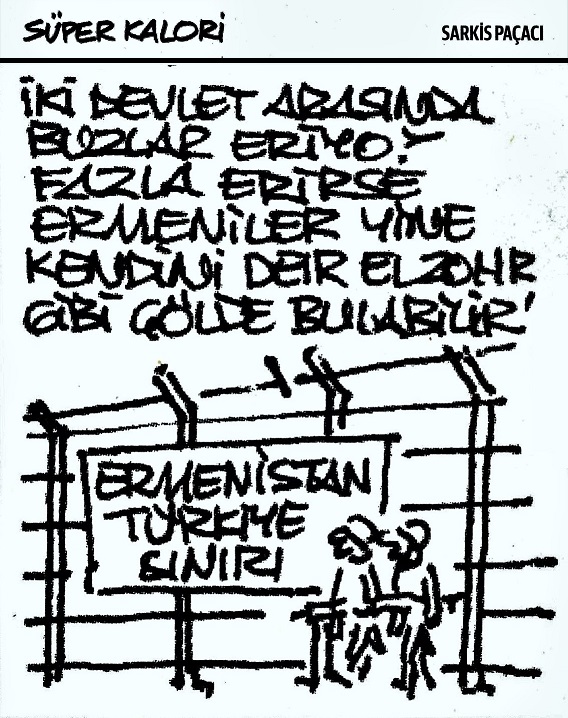
*This is the English translation by Ahmet Can Öktem of a Turkish language article that was originally published by AVİM on 30 March 2022.
While the Agos newspaper follows a generally balanced publication policy with regards to the Turkey-Armenia normalization process, it is allowing the promotion of a belligerent rhetoric against this process and against Turkey and Turkish people through Sarkis Paçacı’s “Süper Kalori” (“Super Calorie”) cartoon section.
The Turkey-Armenia Normalization Process
Turkey was among the first countries to recognize Armenia when it regained its independence in 1991 following the dissolution of the Soviet Union. However, Armenia’s implicit refusal to recognize Turkey’s borders and territorial integrity, the attempts to utilize the genocide claims concerning the 1915 Events as a weapon against Turkey, and the occupation of Azerbaijan’s territories by Armenia following the First (1988-1994) Karabakh War prevented the establishment of diplomatic relations between Turkey and Armenia and caused the borders between the two countries to be closed.
Azerbaijan’s regaining of most of its occupied territories and Armenia’s gradual abandonment of its occupation policy following the Second (2020) Karabakh War constituted a decisive development for Turkey, which considers Azerbaijan as a brotherly and an ally country. This development also removed an obstacle standing in the way of the normalization of Turkey-Armenia relations. Beginning in 2021, mutual signals were given that normalization between Turkey and Armenia was within reach and in 2022, concrete steps began being taken in this regard.[1] Within this framework, the special envoys assigned by Turkey and Armenia conducted meetings on the normalization of relations in Moscow in January, and Vienna in February. In March, with the foreign ministers of both countries meeting with the occasion of the Antalya Diplomacy Forum, the most concrete step towards normalization ever since the obsolete Zurich Protocol were taken by the two sides [Update: the special envoys met for a third time in Vienna in May].
The normalization process between Turkey and Armenia involves difficulties for both sides due to the existence of various political, cultural, and historical disputes constituting an accumulation of years. Nonetheless, both sides are currently displaying an effort towards normalization.
The Agos Newspaper and the “Super Calorie” Cartoon Section
Hrant Dink, a Turkish journalist of Armenian descent and the founder and editor-in-chief of the Agos newspaper, advocated throughout his career for rapprochement between Turks and Armenians as well as Turkey and Armenia without any foreign involvement.[2] However, after Dink’s assassination in 2007, Agos unfortunately changed its publication policy and began adopting the rhetoric of the Armenian Diaspora, which is known for its hostile views against Turkey and the Turks.
Nevertheless, despite the intense opposition the Armenian Diaspora has displayed against the current Turkey-Armenia normalization process, Agos has so far approached the process with a relatively balanced publishing policy. A peculiar exception to this balanced publishing policy is the cartoon section titled “Süper Kalori” (“Super Calorie”) prepared by Sarkis Paçacı.
Sarkis Paçacı, who began his cartoon career in 1975, has worked in various positions across Turkey’s humorous and satirical cartoon industry throughout his lengthy career. Since 2008, Paçacı has been publishing cartoons in Agos’ “Super Calorie” section.[3] Having adopted a worldview of expressing opposition to everything and everyone,[4] Paçacı has reflected this mindset in both his professional relations and cartoons. This edgy and intransigent attitude has likely been feeding off Turkey’s traditional political squabbles and has pushed Paçacı towards making exaggerated and condescending remarks.
Paçacı has claimed that there has been a censorship culture in Turkey regarding cartoons since the 1970’s, that cartoonists have been unable to draw as they please, and that thus cartoon art has lagged in Turkey:
“Ezgi Sivrikaya/Gazete [Newspaper] Duvar: It is said that every cartoonist has a master. Did you have masters, cartoonists who you were influenced by?
-Sarkis Paçacı: There were during the initial periods. I was very much influenced by French and Belgian cartoonists. I liked American cartoonists as well. […] There weren’t many cartoonists in Turkey who I was influenced by, as there was nobody who could influence you. For instance, there were no Armenian cartoonists. The Greeks had initiated a portion of the cartoon culture in Turkey, but there were no Armenian cartoonists. Cartoons are an underdeveloped art in Turkey. Turkey’s intellectuals are experiencing a decline, since they cannot draw most things as they see fit. Most of the present cartoonists are good, but there aren’t any that I admire.
-Duvar: So, how do you think the cartoon art will be saved in Turkey?
-Paçacı: Turkish cartoonists have a tradition of suicide. They are committing suicide, not physically, but spiritually and career-wise. They are committing suicide through drawing.
-Duvar: How do you think this situation can be fixed? Is there any hope?
-Paçacı: I wouldn’t want to interfere with cartoonists, but I don’t think there is any hope for most of them. I’m content with my situation. Actually, there are those who can draw well, there are also collaborations at times, but afterwards they end up falling out with each other. I don’t like associating myself with them. It shouldn’t be like this…” [5]
In his cartoons, Paçacı prefers to be intriguing and provocative rather than presenting humorous situations. However, Paçacı’s cartoons on political issues, particularly the Turkey-Armenia normalization process, go beyond being intriguing and provocative. Several disturbing themes stand out in Paçacı’s cartoons on these subjects: Hatred and paranoia against Turks; obsession regarding the genocide claims, attempts to interpret domestic and foreign developments through the lens of sectarian and religious conflict; and meaningless intransigence under the name of honorable stance.
It is possible to demonstrate this by giving numerous examples for these themes through the cartoons in the “Super Calorie” section published in Agos’ printed copies between January and March 2022. The situations illustrated in the examples will be summarized in italic, then the dialogues and discourse will be presented in quotation marks, and finally the message being conveyed will be interpreted. The cartoons can be presented under three related titles in terms of their subjects:
“The murderous Turks and their kinsfolk cannot be trusted”
- Two people, looking at a person whose head is buried in the sand, are speaking: “-What the hell kind of an ostrich is that? -That isn’t an ostrich. That is a standard Armenian who has been fooled by the recent normalization talks, is accustomed to lameness, and has stuck his head in the sand. And just when the Unionists [members of the Ottoman Committee of Union and Progress], who butchered 1.5 million Armenians, had showed themselves with statements of peace and cooperation! He has [must have] forgotten this!”
Interpretation: “Turks are murderers and genociders. Therefore, one should not be fooled by their calls for establishing neighborly relations and cooperation. Armenians who fall for this are fools.”[6]
- Two soldiers are speaking in front of the Turkey-Armenia border: “The two states are breaking the ice. If it breaks too much, the Armenians may once again find themselves in the desert like in Deir ez-Zor!”
Interpretation: “Turkey, which had in the past sent the Armenians to their deaths in the deserts of Syria to carry out the genocide, can never be trusted. If Armenia does not pay attention, Armenians may once again be faced with a disaster.”[7]
- Armenian soldiers are holding a flag and marching: “As Armenia, we have sent military aid to Kazakhstan. The grandchildren of Genghis Khan are apparently in a rough situation! A day may come when, once again, they lay waste to Armenia!”
Interpretation: “Although Armenia sent soldiers to Kazakhstan within the framework of the CSTO to maintain order after the January 2002 protests, it must not expect gratitude from Kazakhstan. It must not be forgotten that Turks and their relatives are barbarians and murderers, and they can never be trusted.”[8]
- A person entering a room finds people lying together in a bed: “Ooh! Georgian! Come, come, we’ve been waiting for you. Come join our 3+3 format. Look, we [even] invited the Armenian infidel to join us!”
Interpretation: “The 3+3 format that Turkey has offered for regional stability in the Southern Caucasus is insincere, as Turkey fundamentally perceives the Georgians and Armenians as infidels whom it has otherized.”[9]
- A civil servant informs his superior officer at an office: “-The Armenian Special Envoy has arrived sir. What shall we do? -Subject him to devşirme[10] just like Sinan the Architect. Give him calipers so that he’ll at least be of use to us. We need those kinds of Armenians, the kind who have been self-estranged!”
Interpretation: “Turks cannot genuinely cooperate with Armenians. Turks will always want to destroy Armenians’ sense of self and use them for their own goals.”[11]
- Turkey’s special envoy in the Turkey-Armenia normalization process, Serdar Kılıç, is speaking with Armenia’s special envoy, Ruben Rubinyan: “Dear Rubinyan, can the Millet-i Sadıka [Loyal Nation] actually have a special envoy? It’s best if you become our envoy. Be a loyal, willing lackey just like it was in the Ottoman period! We’ll make you part of the amira [Ottoman Armenian nobility]!”
Interpretation: “Turks consider themselves the historical masters of the Armenians. It does not matter that many Armenians served in the highest positions of the government and represented the government during the Ottoman period, because those Armenians were lackeys who betrayed their own people.”[12]
“The Turkey-Armenia normalization is a trap set up against Armenia”
- Two people walking in front of the Government House in the center of Yerevan are speaking: “After they killed our people with their unmanned aerial vehicles, are they now going to bring their ideologies with their manned charter flights?”
Interpretation: “Neither the historical and political process that caused the Second Karabakh War, nor Armenia’s aggressive, irredentist policies matter. The only thing that matters is that Azerbaijan’s use of armed UAVs provided by Turkey has caused Armenian losses. Now, Turkey will insidiously continue its aggression, which it previously carried out through Azerbaijan during the war, through the Istanbul-Yerevan civil flights.”[13]
- Two people are watching a pilot and stewardess group at an airport: “When the Zangezur Corridor could not be opened with the aim of destroying Armenia, the corridors of charter flights were opened to the stewardess instead. Let’s see how far this will go.”
Interpretation: “The opening of the Zangezur Corridor, which was stated to bear importance for the Azerbaijan-Armenia relations and South Caucasia’s regional cooperation after the Second Karabakh War, is in fact a trap against Armenia. When the corridor plan could not be implemented, Azerbaijan and its ally Turkey switched to other insidious plans.”[14]
- Two people are speaking next to the archeological site signboard of the ancient Armenian city of Ani, an intersection point of different cultures presently located close to the city of Kars: “In the past, they opened a corridor from Asia to here, but it failed to serve its purpose. Now they are trying to open one from here to Asia.”
Interpretation: “Throughout history, Turks have moved forward by laying waste to every place they crossed. Thus, Turkey’s endeavor of opening to Asia through mending its relations with Armenia poses danger for Armenia.”[15]
- In a gladiator arena with flags of the European Union and, likely, the United States, a burly “neo-European Ottoman” pasha with a bloody sword is facing a feeble man who represents the Armenian people. An announcement is being as the arena crowd cheers: “-Let the negotiations begin! -Kill, kill!”
Interpretation: “The giant Turkey, which has gained the West’s support, is preparing to devastate the wretched Armenia under the guise of negotiations.”[16]
- Two people walking in front of the Tsitsernakaberd/Yerevan “Armenian Genocide Memorial Complex” are speaking: “The Sorosian [George Soros supporter] Armenian Government, which failed to sell out the nation to the US and is trying to fool the country with the pretense of détente, is now preparing to trivialize and thus deny the 1915 Genocide! Turkey has been freed from the pressure of 24 April!”
Interpretation: “The Nikol Pashinyan government is serving the interests of the West and is signaling that it, in the name of the normalizing relations with Turkey, will not use the genocide claims as an international political tool against Turkey as it had been done in the previous periods. The Pashinyan government is thus betraying its own people.”[17]
Turkey and its Western lackeys are jointly oppressing the Armenians, the Slavs, and the Orthodox people
- An Armenian of Armenia is immersed in his own thoughts: “Instead of being a feebleminded Armenian who is fooled by the fake ally Russia, the treacherous Westerners, and the lying and murderous NATO, I’d rather be a lone Armenian who defies the world!”
Interpretation: “The external world is always working against Armenia and its people. They are trying to push us towards harmful endeavors. There is no need for us to question ourselves, our conception of history, or our political goals, since we are always right. To defy those who say that we are wrong is an honorable stance.”[18]
- An Ottoman pasha is holding the leashes of two people who look like salivating dogs wearing hats engraved with American and British flags: “[In Turkey] the Pitbull [dog breed] has been banned, but thank God there is the US and the UK! Let’s eat the Slavs, tear the Russians to pieces, and drink Armenian blood, grr!”
Interpretation: “Turkey having significant differences of opinion with its Western allies, especially the US, is not important. The West has become Turkey’s servant. Turkey and its Western lackeys are oppressing the Armenians and Slavic peoples.”[19]
- Two people sitting on a couch are speaking: “The treacherous West, which has unified the anti-Armenians in Asia, is also striving to divide the Orthodox Slavic people and turn them against each other.”
Interpretation: “The Western states [which are allied with Turkey] are enabling the integration of the anti-Armenian Turkic world. Now, the Westerners are attempting to turn the Russians and Ukrainians, who are culturally close to the Armenians, against each other.”[20]
- A commander wearing an Ottoman sultan attire and his soldiers standing in front of a NATO sign and symbol: “-Children of great NATO ancestors, march forward to Eastern Europe! Bring the Slavic virgins to my harem. Go on, subject the Orthodox Christian children to devşirme! -Our NATO commander can no longer hold back his animosity against the Orthodox, he has even started to emulate the sultan.”
Interpretation: “Turks have historically set their sights at the Slavs’ and Orthodox peoples’ honor. The rapist Turks and their NATO allies wish to spill Orthodox Slavic blood in Ukraine.”[21]
-Two people wearing hats with American and British patterns are giving a bag full of money to a soldier: “With our ally’s [Turkey] armed UAVs, we have exterminated the non-Slavic Armenian race and shook their confidence in Russia. Now it is time to provoke the two Slavic races in Ukraine and finish them off, ha ha ha!”
Interpretation: “During the Second Karabakh War, Turkey and the Western countries joined forces and exterminated the people of Armenia to push Russia into a corner. The anti-Slavic West has now set its sights on Ukraine so it can corner Russia once again”.[22]
- Two commanders speaking in front of a NATO signboard and ordnance: “Since we can no longer bed their Natashas[23] by ruining their economies, let’s instead turn the Orthodox and Slavic men against each other, and afterwards we can subject their children to devşirme for the neo-Ottomans. Muha haa!”
Interpretation: “Turkey and its NATO allies have set their sights on the honor and future of the Orthodox Slavs, they are thus acting together in the Ukraine-Russia war.”[24]
Evaluation
As it can be observed from the cartoon examples presented above, Sarkis Paçacı, with regards to the discourses that he has put forth, appears to act quite similarly to the Diaspora Armenian authors who have extreme views and interfere in Armenia’s affairs at every opportunity from their comfortable positions in the Western world. It seems that Paçacı, who has been living in France for a long time,[25] has started thinking like a Diaspora Armenian rather than a Turkish Armenian. Paçacı is attempting to present the animosity against Turks that is prevalent amongst the Diaspora Armenians as if that animosity is carried by the Turks against the Armenians.
In truth, the Turks are justifiably disturbed by the terror attacks carried out and the animosity perpetuated with the excuse of “historical justice”, the genocide claims being utilized virtually like a weapon against the Turks, and the disregard shown against Turks’ griefs concerning historical events. Meanwhile, Turkey considers that a historical opportunity has been achieved in the Southern Caucasus following Azerbaijan (considered an ally and brother country by Turkey) regaining its territories after the Second Karabakh War. There is now a more suitable environment for normalization with Armenia and a more extensive regional cooperation. No Turkish official has ever implied that the normalization process with Armenia is a policy implemented to put Armenia in a tough spot, nor have they made a statement that could be interpreted as such. Conversely, a great many Diaspora Armenians cannot let go of the obsession that everything revolves around themselves and that everything is connected to the genocide claims. While they believe that the Turks are essentially “evil”, they are in fact the ones who harbor the real hatred. Unfortunately, Paçacı seems to be under the influence of this Diaspora mentality.
As for the Agos newspaper, it follows a generally balanced publication policy with regards to the Turkey-Armenia normalization process, but it also allows Paçacı to promote a belligerent rhetoric against this process and against Turkey and the Turks through his “Super Calorie” cartoon section. Unless there is an overt call for violence, everyone is free to express their opinions based on the freedom of speech. However, it should be kept in mind that the cartoons in the “Super Calorie” section are inciting the readers not towards critical thought, but towards hatred.
[1] Tutku Dilaver, “Antalya Diplomasi Forumunun Başdöndüren Trafiğinde Önemli Kavşaklardan Biri Güney Kafkasya,” Avrasya İncelemeleri Merkezi (AVİM), Yorum No: 2022/16, 17 Mart 2022, https://www.avim.org.tr/tr/Yorum/ANTALYA-DIPLOMASI-FORUMUNUN-BASDONDUREN-TRAFIGINDE-ONEMLI-KAVSAKLARDAN-BIRI-GUNEY-KAFKASYA
[2] Mehmet Oğuzhan Tulun, “Attempts At Diasporizing Turkish Armenians - IV,” Center for Eurasian Studies (AVİM), Commentary No: 2020/7, March 4, 2020, https://avim.org.tr/en/Yorum/ATTEMPTS-AT-DIASPORIZING-TURKISH-ARMENIANS-IV
[3] For a selection of Sarkis Paçacı’s cartoons in the Agos newspaper, please see: https://www.agos.com.tr/tr/foto-detay/2/sarkis-pacaci
[4] Ezgi Sivrikaya, “Sarkis Paçacı: Türk karikatüristler intihar ediyor,” Gazete Duvar, 2 Kasım 2019, https://www.gazeteduvar.com.tr/kultur-sanat/2019/11/02/sarkis-pacaci-turk-karikaturistler-intihar-ediyor
[5] Sivrikaya, “Sarkis Paçacı: Türk karikatüristler intihar ediyor.”
[6] Sarkis Paçacı, “Süper Kalori”, Agos, basılı nüsha, 11 Şubat 2022, p. 2.
[7] Paçacı, “Süper Kalori”, 18 Şubat 2022, p. 2.
[8] Paçacı, “Süper Kalori”, 14 Ocak 2022, p. 2.
[9] Paçacı, “Süper Kalori”, 7 Ocak 2022, p. 2.
[10] The process of converting someone to Islam and recruiting them to the Ottoman state apparatus.
[11] Paçacı, “Süper Kalori”, 7 Ocak 2022, p. 2.
[12] Paçacı, “Süper Kalori”, 21 Ocak 2022, p. 2.
[13] Paçacı, “Süper Kalori”, 14 Ocak 2022, p. 2.
[14] Paçacı, “Süper Kalori”, 4 Şubat 2022, p. 2.
[15] Paçacı, “Süper Kalori”, 21 Ocak 2022, p. 2.
[16] Paçacı, “Süper Kalori”, 25 Şubat 2022, p. 2.
[17] Paçacı, “Süper Kalori”, 4 Mart 2022, p. 2.
[18] Paçacı, “Süper Kalori”, 14 Ocak 2022, p. 2.
[19] Paçacı, “Süper Kalori”, 28 Ocak 2022, p. 2.
[20] Paçacı, “Süper Kalori”, 4 Şubat 2022, p. 2.
[21] Paçacı, “Süper Kalori”, 11 Şubat 2022, p. 2.
[22] Paçacı, “Süper Kalori”, 25 Şubat 2022, p. 2.
[23] A pejorative term used in Turkey for Slavic women who are engaged in prostitution.
[24] Paçacı, “Süper Kalori”, 4 Mart 2022, p. 2.
[25] “Sarkis Paçacı’nın çizimi ödüle layık görüldü,” Paros Yayıncılık, 14 Aralık 2021, https://www.paros.com.tr/Makale/sarkis-pacaci%E2%80%99nin-cizimi-odu%CC%88le-layik-goru%CC%88ldu%CC%88
© 2009-2025 Center for Eurasian Studies (AVİM) All Rights Reserved
No comments yet.
-
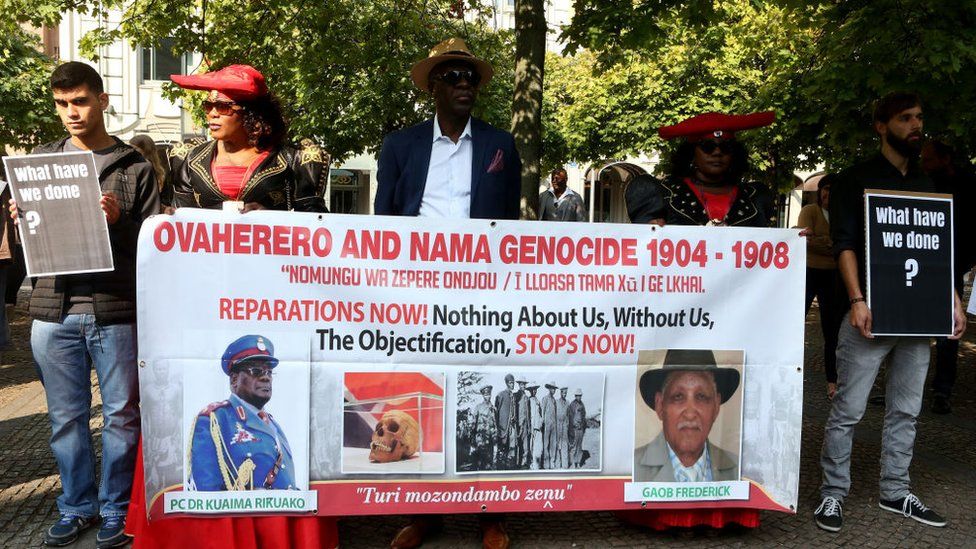 GENOCIDE AND GERMANY - III
GENOCIDE AND GERMANY - III
Mehmet Oğuzhan TULUN 15.06.2021 -
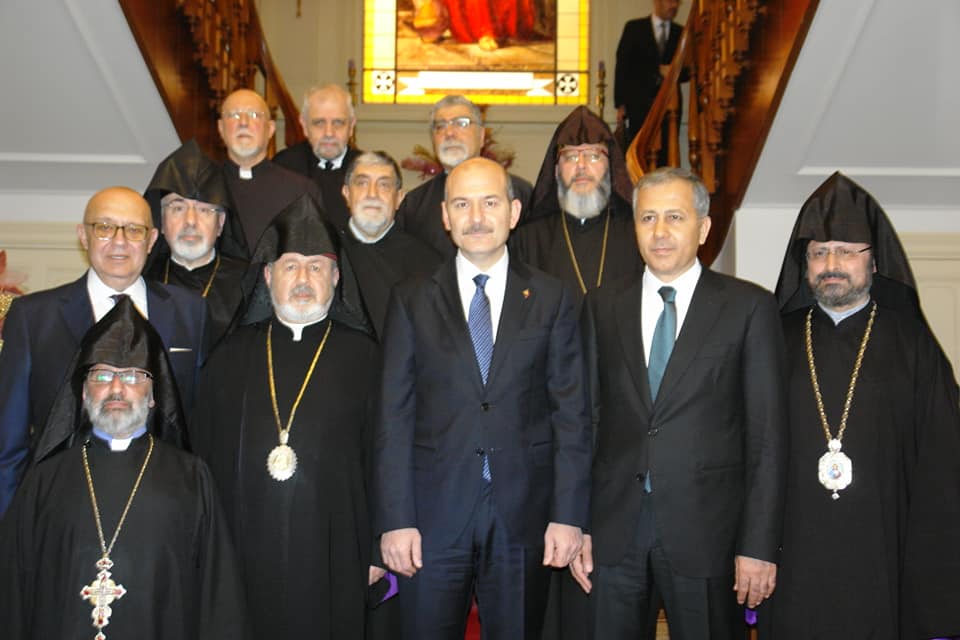 THE 2019 ARMENIAN PATRIARCH OF ISTANBUL ELECTION GUIDELINE AND RELATED DISPUTES
THE 2019 ARMENIAN PATRIARCH OF ISTANBUL ELECTION GUIDELINE AND RELATED DISPUTES
Mehmet Oğuzhan TULUN 21.11.2019 -
 TÜRKİYE’S MEDIATION IN THE UKRAINE-RUSSIA WAR
TÜRKİYE’S MEDIATION IN THE UKRAINE-RUSSIA WAR
Mehmet Oğuzhan TULUN 23.09.2024 -
 THE DISPUTE OVER THE ELECTION OF THE ARMENIAN PATRIARCH OF ISTANBUL CONTINUES
THE DISPUTE OVER THE ELECTION OF THE ARMENIAN PATRIARCH OF ISTANBUL CONTINUES
Mehmet Oğuzhan TULUN 27.02.2017 -
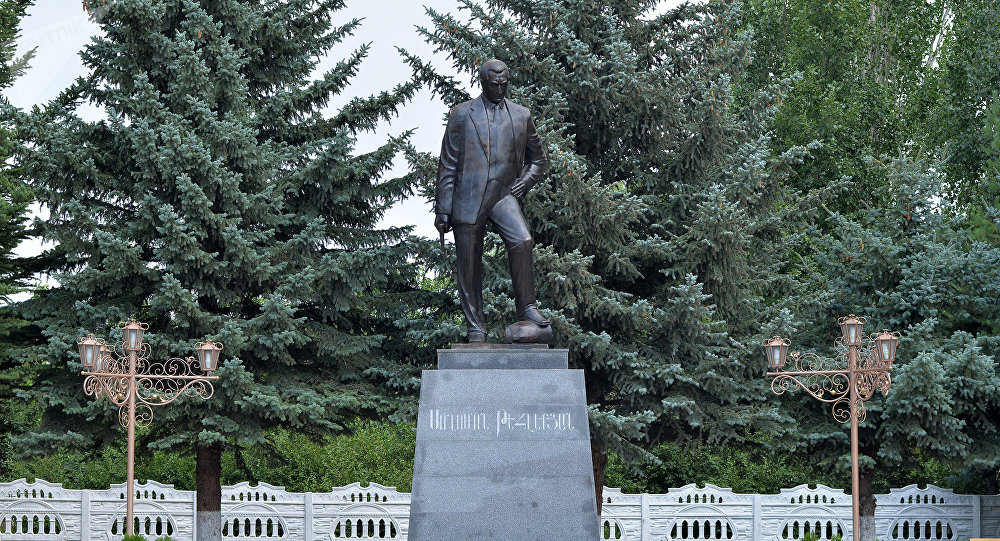 ARMENIA AND THE VENERATION OF TERRORISTS - II
ARMENIA AND THE VENERATION OF TERRORISTS - II
Mehmet Oğuzhan TULUN 16.09.2019
-
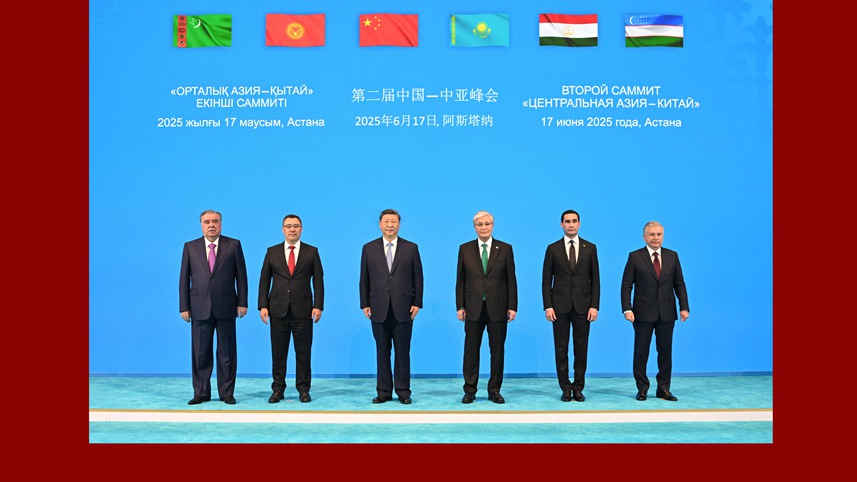 CHINA’S INCREASING INVOLVEMENT IN CENTRAL ASIA: THE SECOND CHINA-CENTRAL ASIA SUMMIT
CHINA’S INCREASING INVOLVEMENT IN CENTRAL ASIA: THE SECOND CHINA-CENTRAL ASIA SUMMIT
Seyda Nur OSMANLI 18.08.2025 -
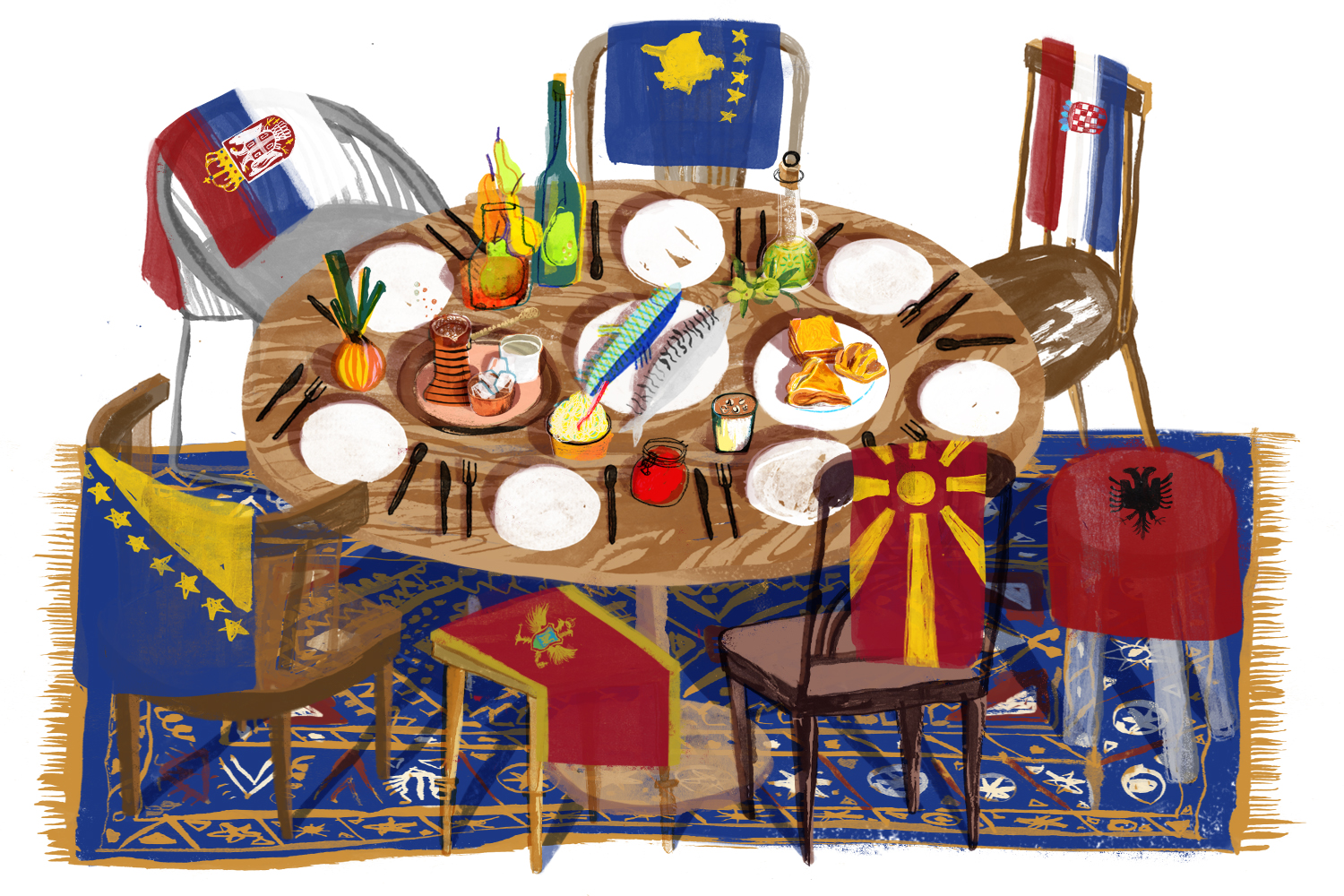 A MISNOMER: WESTERN BALKANS
A MISNOMER: WESTERN BALKANS
Teoman Ertuğrul TULUN 10.07.2017 -
 AT THE CROSSROADS: TÜRKİYE AND THE BATTLE FOR BLACK SEA ORDER
AT THE CROSSROADS: TÜRKİYE AND THE BATTLE FOR BLACK SEA ORDER
Teoman Ertuğrul TULUN 21.10.2025 -
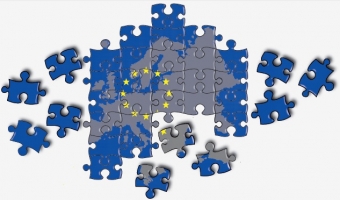 FROM A MISNOMER TO MISDESIGN: POSSIBLE EU CUL-DE-SAC IN BALKANS
FROM A MISNOMER TO MISDESIGN: POSSIBLE EU CUL-DE-SAC IN BALKANS
Teoman Ertuğrul TULUN 13.03.2018 -
 SOME CRITICISMS REGARDING PROF. DR. ERIK-JAN ZÜRCHER’S CENTENNIAL STATEMENT - II
SOME CRITICISMS REGARDING PROF. DR. ERIK-JAN ZÜRCHER’S CENTENNIAL STATEMENT - II
Mehmet Oğuzhan TULUN 14.06.2015
-
25.01.2016
THE ARMENIAN QUESTION - BASIC KNOWLEDGE AND DOCUMENTATION -
12.06.2024
THE TRUTH WILL OUT -
27.03.2023
RADİKAL ERMENİ UNSURLARCA GERÇEKLEŞTİRİLEN MEZALİMLER VE VANDALİZM -
17.03.2023
PATRIOTISM PERVERTED -
23.02.2023
MEN ARE LIKE THAT -
03.02.2023
BAKÜ-TİFLİS-CEYHAN BORU HATTININ YAŞANAN TARİHİ -
16.12.2022
INTERNATIONAL SCHOLARS ON THE EVENTS OF 1915 -
07.12.2022
FAKE PHOTOS AND THE ARMENIAN PROPAGANDA -
07.12.2022
ERMENİ PROPAGANDASI VE SAHTE RESİMLER -
01.01.2022
A Letter From Japan - Strategically Mum: The Silence of the Armenians -
01.01.2022
Japonya'dan Bir Mektup - Stratejik Suskunluk: Ermenilerin Sessizliği -
03.06.2020
Anastas Mikoyan: Confessions of an Armenian Bolshevik -
08.04.2020
Sovyet Sonrası Ukrayna’da Devlet, Toplum ve Siyaset - Değişen Dinamikler, Dönüşen Kimlikler -
12.06.2018
Ermeni Sorunuyla İlgili İngiliz Belgeleri (1912-1923) - British Documents on Armenian Question (1912-1923) -
02.12.2016
Turkish-Russian Academics: A Historical Study on the Caucasus -
01.07.2016
Gürcistan'daki Müslüman Topluluklar: Azınlık Hakları, Kimlik, Siyaset -
10.03.2016
Armenian Diaspora: Diaspora, State and the Imagination of the Republic of Armenia -
24.01.2016
ERMENİ SORUNU - TEMEL BİLGİ VE BELGELER (2. BASKI)
-
AVİM Conference Hall 24.01.2023
CONFERENCE TITLED “HUNGARY’S PERSPECTIVES ON THE TURKIC WORLD"









